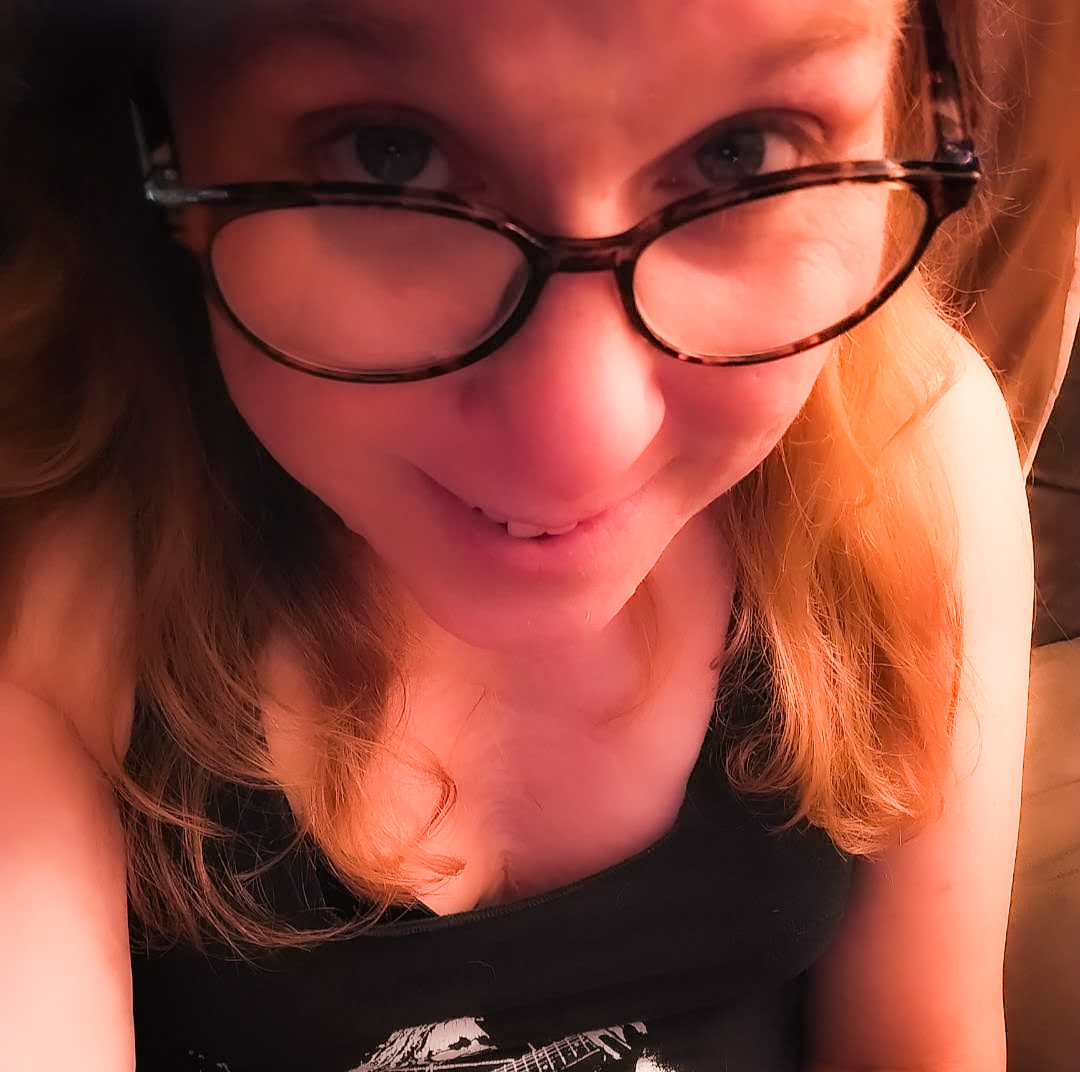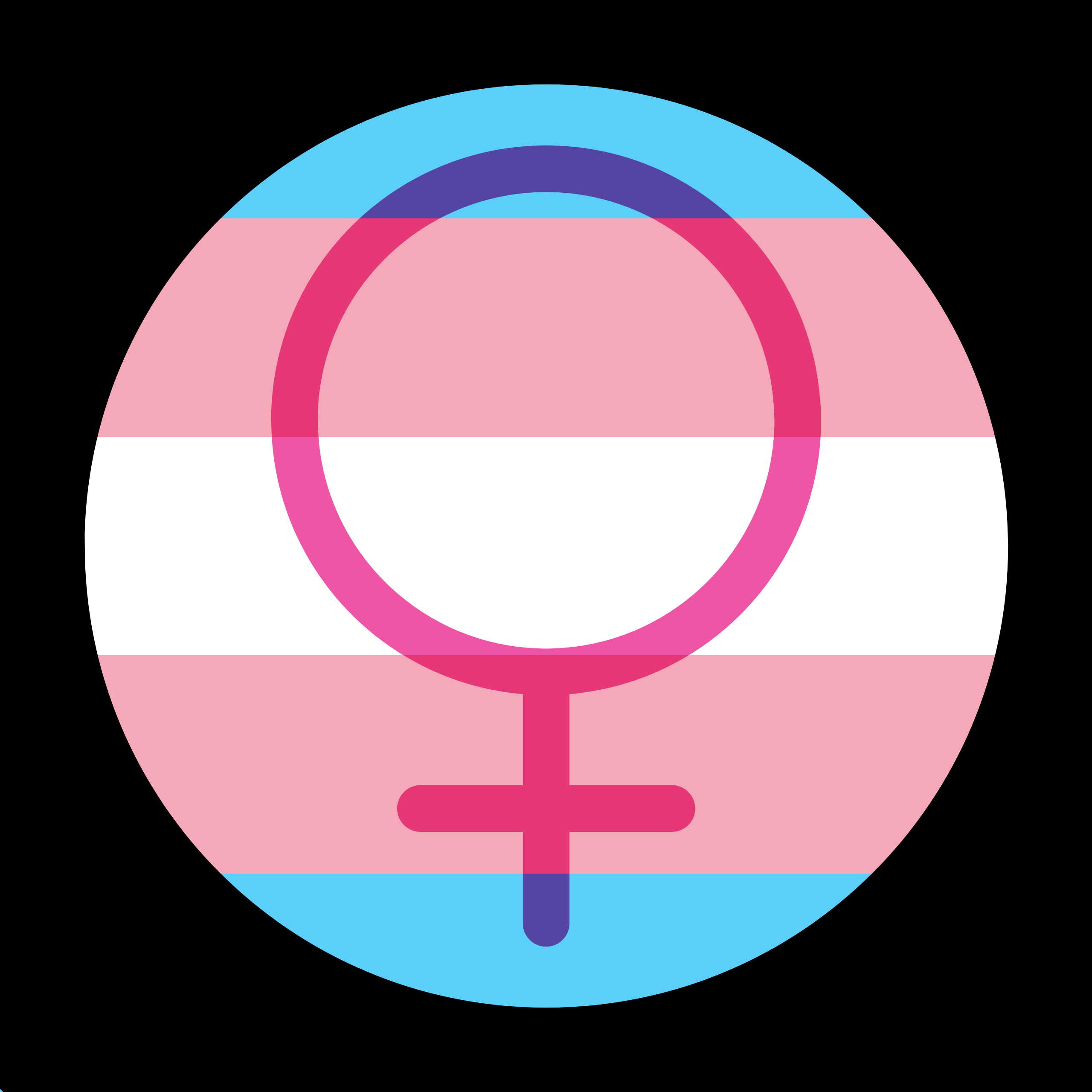

I’m on Firefox, using Alexandrite … can’t see em.
Chairperson of the Boards


I’m on Firefox, using Alexandrite … can’t see em.


deleted by creator


This is from a Zelda game


3yrs in. I’d say I’ve lost maybe 10-15% of my strength. I gained about 8 pounds, and I’ve def gotten curvier, grown boobs, hips, and a butt. My thighs are thicker. It only follows that I lost muscle and gained fat.
My body temperature regulation became less stable too. I get hot and cold easier.
I also stopped drinking, after drinking for 20 years, when I started transitioning. I also cut most dairy out in the past year. So, other factors and such…


thanks!


If you got a cheap midi controller keyboard or an old keyboard with midi, you can buy a table top module for like half of what synth with a keybed would cost. Also, you don’t need a 12 voice poly synth to get started and learn.A monosynth (1 voice) has a whole lot in common with fancier polysynths, and is much cheaper. The Behringer Wasp desktop module is $150 new.
An analog (or analog-styled) synth with a keybed can be found new starting at around $350. Korg Monologue.
I see the Behringer PolyD (4 voice, a Moog clone) going for just under $500 on Reverb.
Roland JD-Xi 37key is $350 on reverb.
When it comes to big names in the synth game, it’s Moog, Dave Smith Instruments, Sequential, Access, Oberhiem, Crumar. Other makers are Korg, Roland, Novation, Arturia, Behringer. There are many others.
Anyways, some synth talk to learn about:
subtractive vs additive synthesis,
Monosynth = 1 voice Polysynth = more than once voice
ASDR Envelopes (attack sustain decay release),
What filters are,
The cutoff filter and the resonance knob/slider. Two big players. lol
what fx are and how to implement them [a dry synth is normally pretty bland],
PWM = Pulse Width Modulation
signal path,
different waveforms (sine, triangle, saw, square, etc…),
Modulation, Mod Wheel, and Mod Matrixs [matrices]
Velocity, Pressure sensitivity, concerning keys on a keyboard,
LFOs (low frequency oscillators), tone generating oscillators, [OSC = oscillator]
Key sync and OSC sync
VCF = voltage controlled filter,
VCA = voltage controlled amplifier,
HPF = high pass filter, lets the highs thru, cuts the lows,
LPF = low pass filter (the opposite of HPF),
Portamento is the pitch sliding from one note to the next note, over time.
Legato, trigger, re-trigger, mono - all concerning the application of envelopes to a sound
Most of these functions and features can be assigned to mod matrices. eg, using the mod wheel to effect the LFO1 Rate and the OSC2 pitch at the same time…or whatever you program it to do!
I’m sure there’s plenty of resources out there. The technology is over 50 years old.
The best way to learn is to get your hands on one!


deleted by creator
PRESENTED BY GOOGLE CHROME
😅
Edit; I’m happy with Firefox, and have been using it exclusively for about 6 years now.
Fuck Google. Do no harm, unless it generates profit.